Kenya’s Higher Education Loans Board has embarked on an ambitious recovery mission to collect Sh32 billion in outstanding debt from 256,000 loan defaulters, marking one of the most comprehensive debt recovery efforts in the institution’s 51-year history.
Chief Executive Geoffrey Monari revealed that the agency is deploying a multi-pronged strategy involving direct employer engagement, intensive outreach to former beneficiaries, policy reforms, and enhanced accountability measures to tackle the massive default crisis that has left nearly one-third of the loan portfolio at risk.
Speaking recently, Monari disclosed that as of June 30, 2025, a staggering 32.5 percent of HELB’s total loan book was in default, representing a significant financial hemorrhage for the government-backed lending institution. Despite this challenge, he emphasized that 67.5 percent of loans remain performing, indicating that the majority of beneficiaries are meeting their repayment obligations.
The scale of HELB’s operations is considerable. Since its inception in 1974, the board has disbursed Sh179 billion to over 1.7 million Kenyan students, making it one of the largest educational financing programs in East Africa. In the 2024/2025 financial year alone, HELB allocated Sh36.5 billion in student loans and Sh16.9 billion in scholarships, with the entire Sh53.4 billion disbursed to 702,000 learners by June 2025.
To incentivize voluntary repayment, HELB has introduced an attractive settlement offer where defaulters who pay their loans in a lump sum receive an 80 percent penalty waiver. This aggressive discount represents a significant concession aimed at encouraging immediate settlement while reducing the administrative burden of prolonged collection efforts.
The recovery drive comes amid broader reforms to Kenya’s higher education funding system. HELB has replaced the old flat-rate funding model with a needs-based approach that categorizes students into five financial bands using a revamped Means Testing Instrument. This sophisticated tool evaluates 12 socio-economic indicators including household income, parental occupation, number of dependents, orphan status, location, and disability status.
Under the new system, students in Band 1 receive comprehensive support with 95 percent of education costs covered through a combination of 70 percent scholarship and 25 percent loan, plus an annual upkeep allowance of Sh60,000. Conversely, Band 5 students receive 30 percent scholarship funding, 30 percent loan financing, and Sh40,000 in upkeep support.
HELB has also diversified its funding sources, mobilizing Sh3.3 billion from 43 partners including county governments, corporate entities, and development agencies. The institution is exploring innovative financing mechanisms such as social bonds and crowdfunding to reduce dependence on government allocations.
Monari acknowledged that the reforms faced initial resistance, admitting that the board could have better communicated the necessity and urgency of the changes to the public. He defended the new model as “fair, data-driven, and built to last,” arguing that the previous system was unsustainable and failed to address the diverse financial circumstances of students.
The CEO warned against reverting to the old funding model, stating that such a move would jeopardize the future of higher education in Kenya. He emphasized that the current approach promotes equity, protects economically disadvantaged students, rewards academic merit, rebuilds public trust, and ensures sustainable quality education financing.
As HELB intensifies its collection efforts, the success of this recovery campaign will be crucial in determining the institution’s ability to continue supporting future generations of Kenyan students while maintaining financial sustainability in an increasingly challenging economic environment.
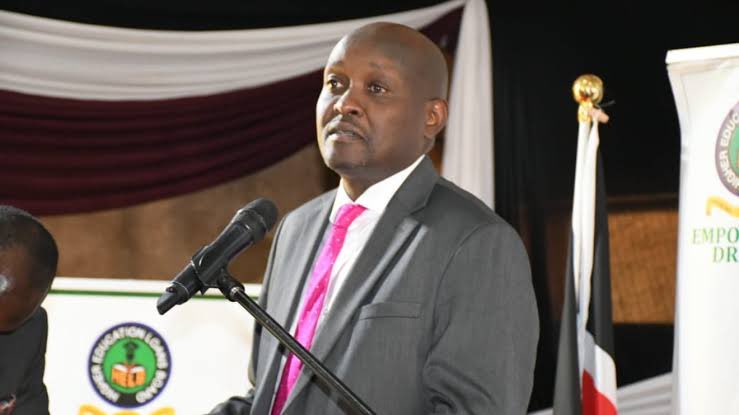

 Investigations2 weeks ago
Investigations2 weeks ago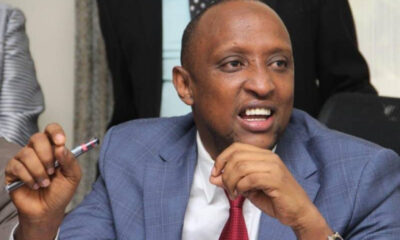
 Investigations2 weeks ago
Investigations2 weeks ago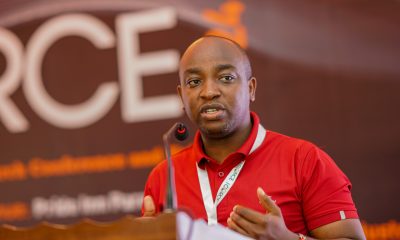
 Investigations2 weeks ago
Investigations2 weeks ago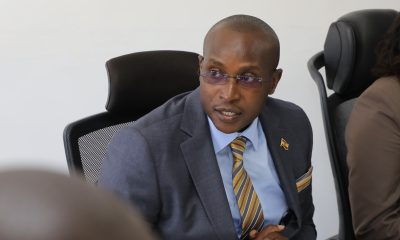
 News2 weeks ago
News2 weeks ago
 Investigations1 week ago
Investigations1 week ago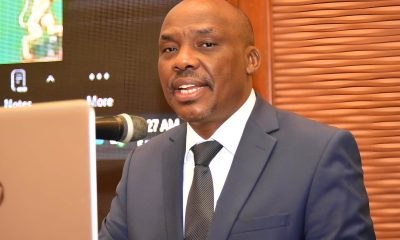
 Investigations1 week ago
Investigations1 week ago
 Business7 days ago
Business7 days ago
 Business2 weeks ago
Business2 weeks ago














